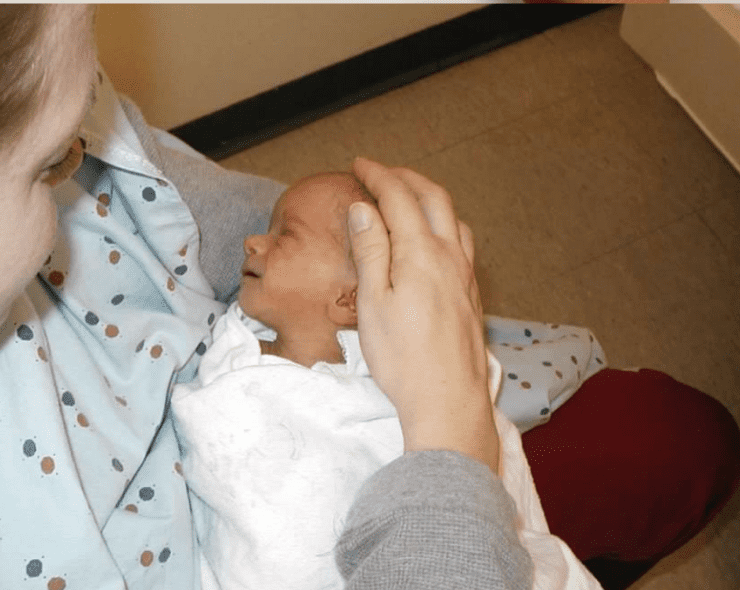What’s the one simple way to improve memory and increase focus in children? What part of a child’s brain can you stimulate to help with learning?
The limbic system is a complex system in the brain composed of several structures. To keep it simple, part of its role is dealing with emotions and memories.
It also helps with motivation and making new connections in the brain. All important components of becoming life-long learners!
Parents and educators can influence making new connections in the brain to improve memory and increase focus. Such a powerful concept!
The University of Queensland in Australia created a Brain Series through their Queensland Brain Institute. Issue Two of the Brain Series discusses Learning and Memory. It includes a section about why good teachers matter!
Using Emotions to Improve Memory and Increase Focus
Think about how much you’d learn from a class lecture with a monotone teacher? A teacher who spit out facts and just talked all the time? [“Bueller? Bueller? Anyone?!”]
Would you remember anything? Could you stay focused?
On the other hand, making learning FUN can have such a tremendous impact on memory and attention!
Think of your best teachers from when you were a child. The ones that come to my mind definitely made the learning process enjoyable!
My favorite teachers played games and shared real life stories. They told jokes and made us laugh.
One teacher in particular ALWAYS incorporated movement breaks into our day (way before we started calling them “Brain Breaks“!)
Students were so attentive and loved being in their classes. You’re probably an educator today because of these formative experiences!
Simple, but powerful!

Making Connections in the Brain for Learning
Personal Story
I typically don’t throw in long personal stories. And I apologize – but this one’s pretty powerful!
A few years ago I was attending a conference on Neuroplasticity.
The instructor was explaining how if a child has missing parts of the brain, new connections can be made via other areas.
She mentioned the power of the limbic system. Especially if a child is missing the structure that connects the two brain hemispheres.
Goosebumps covered my entire body. I teared up.
It had been a really long time since I had thought about my daughter’s birth. Or about the challenges presented to us before she was born.
Prior to her birth, we were told she was missing the structure connecting the two sides of her brain. An MRI after birth showed that only a very small part of it was there.
I was prepared for learning difficulties for her future (among other challenges.) But, my husband and I were positive. We’d handle what we were given. And we’d enjoy the journey.
Furthermore, I was thankful that I had some tricks up my sleeve as an OT. I was confident that we could equip our daughter with the best learning environment from the start.
Flashback
Sitting at the conference, I flashed back through her life. NICU baby, 3lbs3oz. Happy! Strong. Always smiling and being silly!

She enjoyed problem solving during play (it was encouraged!) Became self-motivated. Participated in creative and dramatic play.
Liked being active. Mom made sure that she crossed midline during play (to help both sides of her brain communication better.)
She loved (and still loves) music and books. Hardly watched tv and didn’t have tech-toys. (Why I needed this post on my site!)
She learned through play and by having fun!
Fast forward to high school: HS honors classes, still loves reading, straight A’s, gymnastics, and Rugby! And… 28 college credits toward a nursing degree when she graduates high school!
More goosebumps (and tears!)
As I sat at the conference, it was amazing to reflect on actual evidence in my own child. Evidence of using this magic system of emotions and motivation to create new and strong learning pathways.
It’s so cool how moldable the brain really is! New connections CAN be made for learning!
Improve Memory and Focus in Children by Having Fun!
Okay, so that’s it? Have fun?!
Yep!

This seems like such a simple concept, and it is. But with added stressors in life, it’s really easy to drift away from this idea.
As a school-based therapist, I’ve seen the added stressors on administrators and educators. And, also, on parents at home.
When we’re stressed, the enjoyment is easily stripped out of many parts of life. We become drained and it’s easy to robotically go through the motions of each day.
However, we won’t let this happen! We’ll continue to carry the joy of life and learning through our work with children!
You can create new connections in the brains of many, many students!
Have FUN! Play games, share a joke. Play music. Use body brain breaks. Mix it up every day! Make it motivating. Tell real-world stories, throw in emotions.
Make a daily reminder on your desk or bathroom mirror if needed! You’ve got this!
Leave a comment below to share your favorite way to have fun with your students. Sharing your activities and ideas will help motivate others! Sometimes, we need this little boost!
Related Posts:
Play-Based Learning in Kindergarten – Keep the Focus on Development! – Play is a great way for kids to have fun! They don’t even know they’re learning 🙂
60 Great Positive Quotes for Educators, Parents, & Kids – You gotta love some great quotes… especially ones that give positive vibes! Save and keep these handy when you need a little boost!
Teacher Appreciation – Top 7 Amazing Teacher Skills – With all that teachers do, there should be weekly recognition! Check this out and share it with others to spread the love for teachers!
Screen Time Effects on Children’s Brain Development and Sensory Processing – You want to encourage PLAY and FUN with kids… WITHOUT USING SCREENS. Must read. Must share!



0 Comments